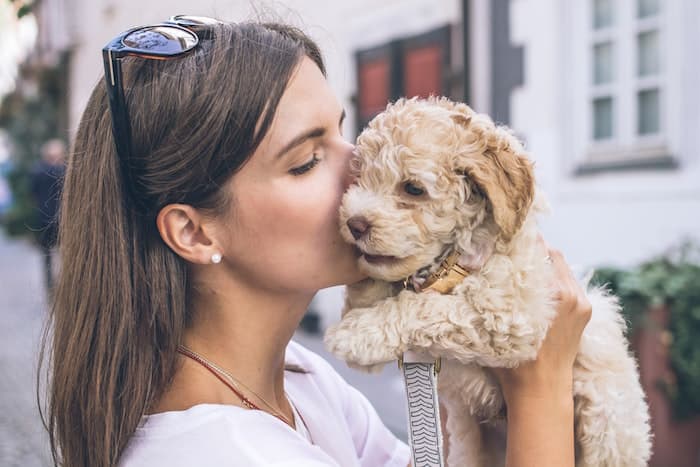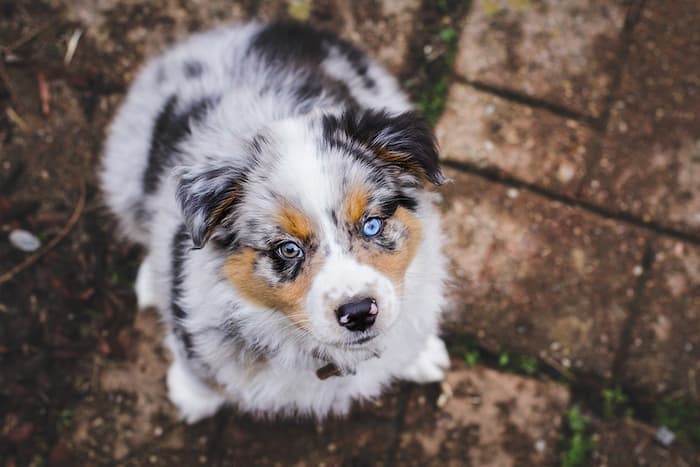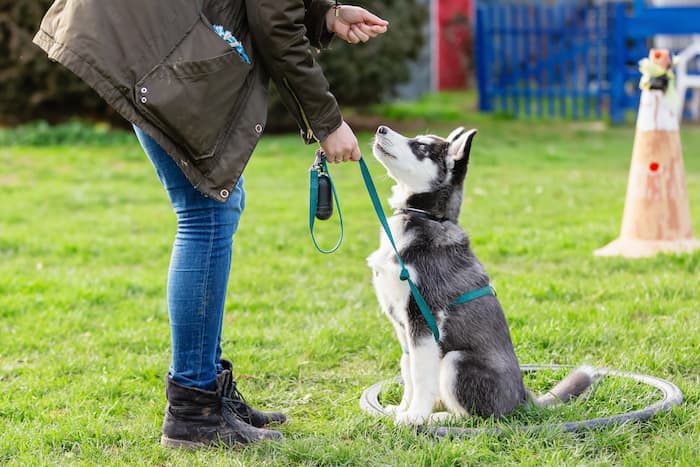If you’re reading this, chances are you’re thinking seriously about adopting a puppy. Congratulations! The decision to adopt an animal doesn’t come easily for many homes, as it is often correlated (and rightly so) with the level of responsibility associated with raising a child. While taking on the responsibility for an animal can be arduous and even tricky for first-time pet owners, it is a rewarding experience like few others, as your animal will provide so much happiness, love, and care for an investment which (in time) will seem like nothing at all.
Once you’ve selected the kind of puppy you’d like to get, you then need to contact a reliable breeder who has made sure that the puppy’s wellness has been kept up (up on its vaccinations, dewormed every two weeks, etc.), your next step should be to appropriately puppy-proof your home. Some dogs are relative Einsteins, knowing how to play the harpsichord and solve complicated calculus equations (at least according to their owners): no puppy starts out intelligent. Like infants, puppies like to figure things out via exploring for themselves and are likely to get themselves in all kinds of dangerous situations if allowed to roam an un-puppy-proofed house freely. Your goal as an aspiring dog owner, before you bring any puppy home to meet your family, should be to remove most of the chances that your animal will injure itself.
For a beginning dog owner, however, the things you’ll actually have to do might not be inherently clear. This guide will show you a few measures you should take to keep your puppy from harming itself, giving you an idea of some modifications to your lifestyle you’ll need to make to properly accommodate your newest family member.
Let’s begin.
Tie Up Loose Ends
While older dogs have enough common sense not to see an electrical cord and think it’s a chew toy, puppies are likely to gnaw on anything they see as vaguely interesting, getting the measure of it via its mouthfeel. As such, you’ll want to either unplug any cords that happen to be lying in an area where they are puppy-accessible or cover them with a cord concealer to prevent your puppy from getting a nasty shock.
Keep An Eye on What Your Puppy Eats
Aside from plainly ensuring that your puppy develops an all-around bad habit, feeding your dog from the table can be potentially life-threatening; dogs can eat some of the same foods as us, but others, like chocolate or grapes, can cause serious health issues, being toxic to dogs of all kinds. Set a precedent with your kids and other family members that your dog is not to be trained to expect food from the table, to decrease the chances your dog gets fed something toxic.
Likewise, you’ll want to make sure that your trash has a puppy-proof lid, as puppies will go digging in the trash for some of the scraps from your table if you let them. This can be just as dangerous and even less controlled than table scraps your friends or family might feed them, so be sure to do this early on.
Secure Potentially Toxic Materials
Things like cleaning supplies and medicine are likely to be toxic to puppies: not that that’s stopped more curious dogs from trying to get into them. Puppies will clamp their tiny jaws onto anything accessible in their area, so keep dangerous materials such as those well out of their reach, securing them in high cabinets that puppies cannot reach.
Also, be sure to keep your floors clean, picking up any small or potentially harmful objects you wouldn’t want your puppy to take a bite of. Remember, if it’s within reach, it’s fair game for your new puppy.
Taking care of an animal is no easy task, but taking the proper precautions will ensure that your newest family member will live a long, healthy life. Do your best to anticipate potential hazards, and do the prep work of removing them before you bring a new animal into your home, and you’ll find yourself thankful for all the effort you put into laying the groundwork for your animal’s safety.
Related Reading



